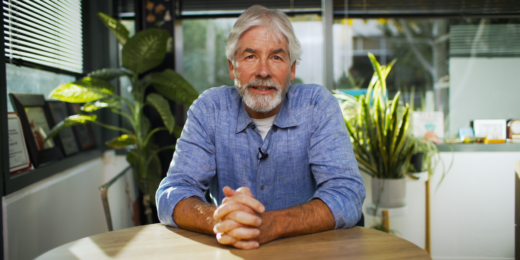In their fourth and fifth years, surgical residents are busy: They're caring for patients, assisting junior trainees and fulfilling their own training requirements. And that's not all: About 75 percent of these residents are scrambling to squeeze in interviews for fellowships across the country, often packing in between 6 and 15 interviews to ensure they secure a spot, Stanford transplant surgeon Marc Melcher, MD, PhD, told me.
Fellowship program directors, including Stanford surgeon Irene Wapnir, MD, who directs the breast surgical fellowship, are similarly harried. To fill typically one position, the directors can interview 20 or more doctors to find a quality candidate whose interests match their program.
The process is also expensive and time-consuming. When experienced residents leave, their coworkers need to cover for them, and the residents must pay their own way to travel to interviews, Melcher said.
"There's a lot of redundancy on both sides of the equation," Wapnir told me. "We thought we needed to streamline this."
Melcher and Wapnir reached out to their Stanford Engineering colleague Itai Ashlagi, PhD, who specializes in the design and analysis of marketplaces, such as matching kidney donors with recipients. Together with Alvin Roth, PhD, a Stanford economist, they're proposing a new fellowship interview matching system. Their concept appears in JAMA.
The researchers propose two key changes. First, applicants and programs would signal their preferences for each other — before making travel arrangements and setting aside days of valuable physician time. In addition, the number of interviews for each fellowship program would be capped, as would the number of interviews for each candidate, Melcher said.
Currently, Wapnir explained, applicants apply to all fellowships in a particular specialty using a shared electronic application, which makes it easy for them to check boxes for many, if not all, programs, even those that don't exactly match their desires. Fellowship directors must then wade through dozens of applications, many of which appear nearly indistinguishable, Wapnir said.
Having a tiered ranking would work better, the researchers believe, allowing programs and candidates to list several top matches, as well as some tier two or tier three choices. This would allow the algorithm to consider more possible solutions and boost the chance that both fellowship programs and individual candidates are satisfied with their final choices.
"The algorithm will help avoid interviews that didn't have a chance to convert to a match anyway," Ashlagi explained.
To implement the proposal, Ashlagi's group is gathering data to better understand the process. Could a candidate who looks less desirable on paper, for example, sail to the top of the list during an interview? And could a program wow an indifferent candidate during an interview?
Accounting for those variables would allow the researchers to ensure the algorithm wouldn't prevent candidates or programs from obtaining the best possible match, Ashlagi said.
Then, the researchers propose reaching out to one or more organizations that govern surgical specialties to try a pilot program. Ultimately, they hope the proposed method could improve fellowship matching throughout medicine.
"We want to cut the interviews while doing no harm," said Ashlagi.
Photo by Ben White




